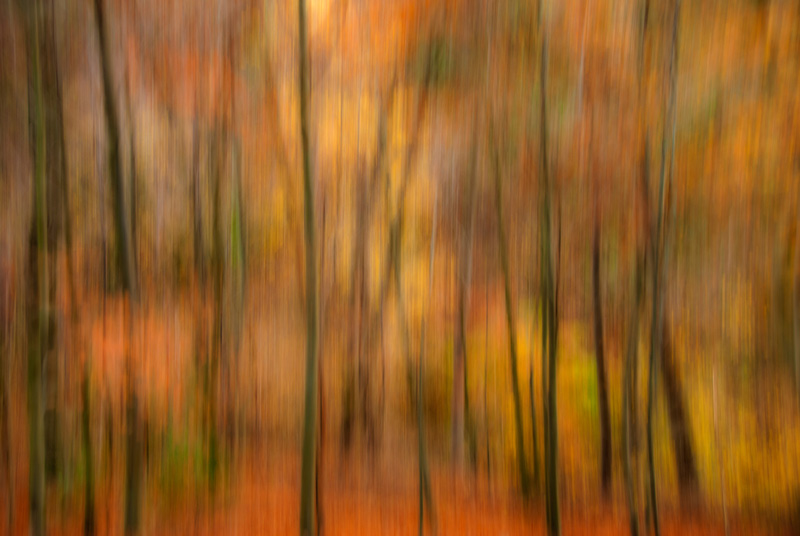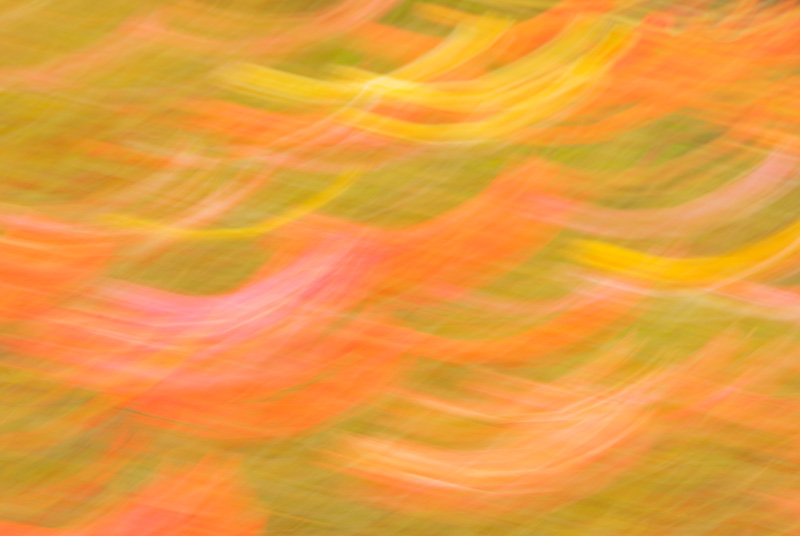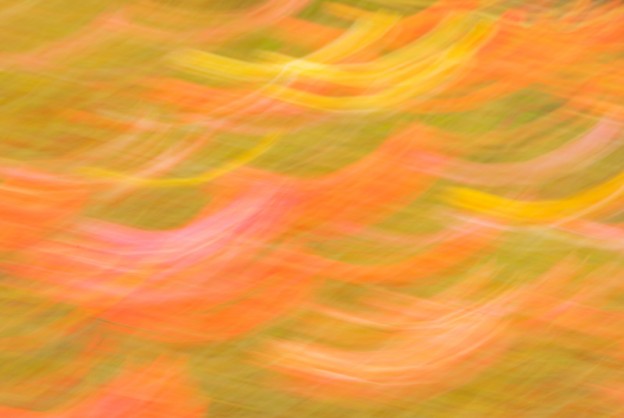“If you obey all the rules, you miss all the fun” — Katharine Hepburn
It is taken for granted that you should keep the camera from moving when you take a photograph. You definitely won’t get hired again if all your photos from a business portrait session are blurry because of camera shake. General rules are very useful, but sometimes there is an ‘exception to the rule’ that produces interesting results.
This is true in fields other than photography. My physics PhD thesis was on the spin fluctuation theory for high temperature superconductivity. Initially, it was not well received because the experts in the field had arrived at the conclusion that such a mechanism for superconductivity would only yield low temperature superconductors. But it turns out that this rule was only correct in a general sense, i.e for the majority of cases. In the years following the initial proposal, we showed that the class of new superconductors that was discovered in 1986 by Bednorz and Mueller was the exception to this general rule. Our findings were published in the prestigious scientific journal Nature. (Nature 450, 1177-1183 (20 December 2007)).
My experience with the ‘exception to the rule’ in science really stuck with me. So now when I’m taking pictures it is always at the back of my mind. And when it comes to keeping the camera still when taking a photograph, the following exceptions are worth noting. Breaking the ‘keep the camera from moving’ rule can produce an interesting result when your subject is moving. By following your subject while pressing the shutter, you can keep it relatively sharp and only blur the background. This gives your image a sense of motion, as in the picture below.

Another potentially interesting way to break the rule consists of slightly moving the camera while taking a picture of a stationary object, like a forest. In this case, while no area of the photograph remains sharp, the subject is still recognizable. The camera movement gives the image an impressionist look, as in the following photograph.

Finally, one can totally break the rule and move the camera so much that the subject becomes unrecognizable, like some flowers in Princes Street gardens, Edinburgh, in the photograph below. One is left with an abstract image of color only.

Share this content on




